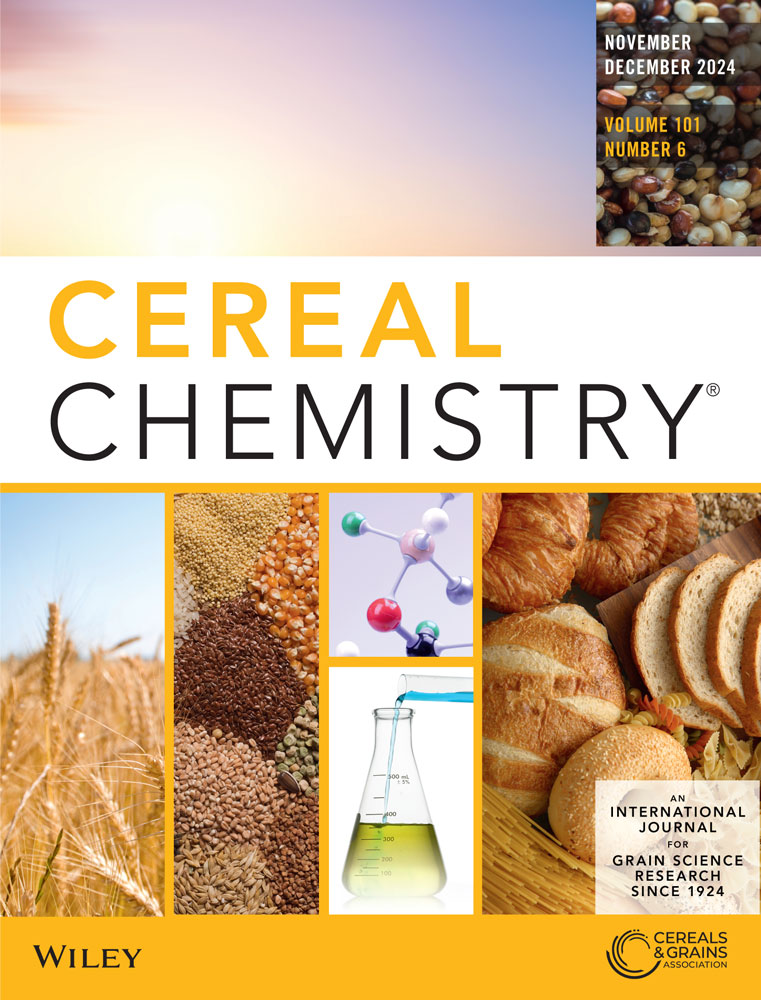This study investigated the effect of using different phenolic-containing grain brans on nanoparticle properties.
This study successfully synthesized nanoparticles from bran flour isolated from three different sources: sorghum (Sumac and Burgundy) and hard red winter wheat (cv. 1863). The phenolic contents of the three brans were measured as 33.40, 4.98, and 1.59 mg GAE/g, respectively. NPs synthesized from the bran flour had phenolic content measuring 6.41 (sorghum-Sumac bran), 5.31 (sorghum-Burgundy bran), and 1.15 mg GAE/g (wheat bran). Adding gold to the NPs decreased phenolic content in all three cases: 2.50 (sorghum-Sumac bran), 1.80 (sorghum-Burgundy bran), and 0.30 (wheat-bran) mg GAE/g. Thus, the synthesis had an impact on the phenolic content. The sizes of the particles were measured using dynamic light scattering: 159 (sorghum-Sumac), 78 (sorghum-Burgundy), and 117 (wheat) nm, respectively. After gold was added, the sizes of the particles changed to 113 (sorghum-Sumac), 115 (sorghum-Burgundy), and 94 (wheat) nm, respectively.
Cereal bran is an eco-friendly source of biopolymers for producing nanoparticles. With its high phenolic content, sorghum bran is ideal for making nanoparticles with various applications. Wheat and sorghum bran is a mill by-product that can be used to synthesize nanoparticles, increasing the value of these agricultural products.
A method was established to develop gold nanoparticles from grain bran. These methods can be used to develop value-added products across many different applications.



